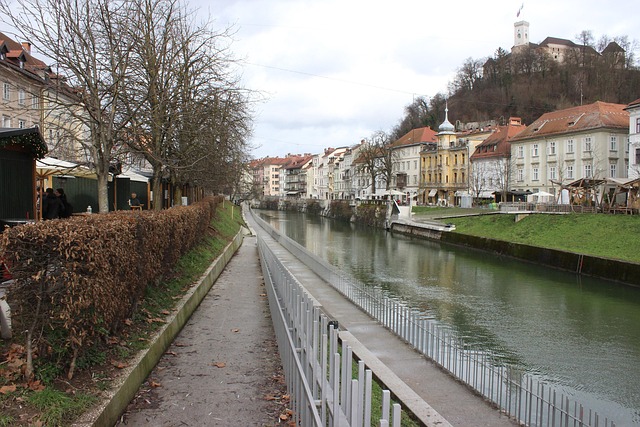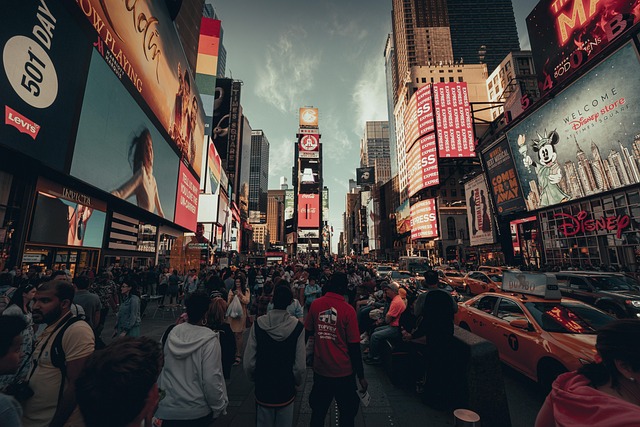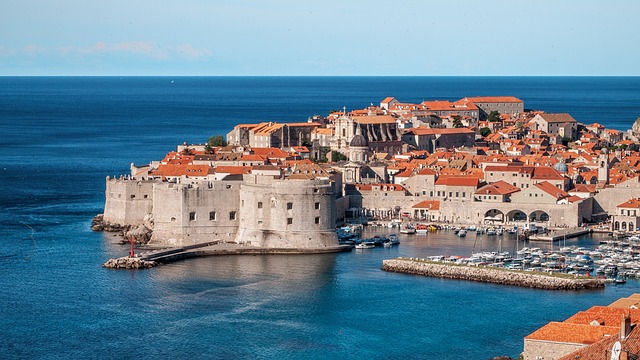In Karachi, Pakistan's economic powerhouse, PECHS Proximity (Public Educational, Cultural, Health Services) is key to understanding the city's connectivity and development. This concept assesses accessibility to essential services like healthcare, education, recreation, and transportation, guiding both residents' daily lives and urban planners' efforts to create sustainable neighborhoods. Historically influenced by its strategic location and dense population, Karachi has evolved into a bustling metropolis where PECHS institutions serve as community hubs fostering social cohesion. By leveraging PECHS principles for smart city development – focusing on efficiency, connectivity, health, sustainability, and reduced carbon footprint – Karachi can enhance quality of life, attract investors, and position itself as an eco-conscious urban center.
“Karachi, Pakistan’s vibrant metropolis, boasts a unique urban fabric defined by PECHS proximity—a geographical concept with profound implications. This article explores the intricate relationship between PECHS (a historic administrative division) and Karachi’s development, community dynamics, and future prospects. From its historical roots to contemporary social structures, understanding PECHS proximity offers insights into shaping Karachi’s sustainable growth while preserving its rich tapestry.”
- Understanding PECHS Proximity in Karachi's Urban Fabric
- Historical Context: How PECHS Proximity Shaped Karachi's Development
- The Impact of PECHS Proximity on Community Dynamics and Social Structure
- Future Prospects: Reimagining PECHS Proximity for Karachi's Sustainable Growth
Understanding PECHS Proximity in Karachi's Urban Fabric

In the urban landscape of Karachi, Pakistan’s economic powerhouse, understanding PECHS Proximity is pivotal to grasping the city’s intricate fabric. This concept refers to the accessibility and connectivity between different areas within the metropolitan area, with a specific focus on the proximity of essential services and amenities. Karachi, known for its bustling streets and diverse neighborhoods, benefits from an efficient urban design that facilitates movement and enhances quality of life.
The PECHS Proximity model in Karachi takes into account various factors such as healthcare facilities, educational institutions, recreational spaces, and transportation hubs. By evaluating the nearness and availability of these critical services, residents can make informed decisions regarding their daily routines, work-life balance, and overall well-being. This understanding is essential for urban planners and developers to create sustainable and livable neighborhoods, ensuring that every corner of Karachi offers a convenient and accessible environment for its diverse population.
Historical Context: How PECHS Proximity Shaped Karachi's Development

The development of Karachi, one of Pakistan’s most vibrant cities, has been intricately linked to its historical context, and at the heart of this narrative lies PECHS Proximity. As the city evolved, so did its urban landscape, and the influence of PECHS (a significant geographical area) cannot be overstated. Historically, Karachi’s growth was driven by its strategic location as a bustling port city, but the proximity of PECHS played a pivotal role in shaping its infrastructure and cultural identity.
This region, with its rich history, has been a crucible for the city’s metamorphosis. The dense population and vibrant markets within PECHS have contributed to Karachi’s reputation as a commercial hub. Over time, the area’s economic significance led to the expansion of transportation networks, connecting various parts of the metropolis, including PECHS, which further fueled the city’s growth and diversity. Thus, the historical context of PECHS Proximity is not just a tale of spatial proximity but a vibrant symphony of urban evolution, fostering Karachi’s transformation into a dynamic metropolis.
The Impact of PECHS Proximity on Community Dynamics and Social Structure

In Karachi, the presence and proximity of PECHS (Public Educational, Cultural, and Health Services) institutions significantly shape community dynamics and social structures. These facilities act as vibrant hubs that attract diverse segments of the population, fostering a unique sense of community among residents. The easy accessibility of essential services like education, healthcare, and cultural activities promotes social cohesion, enabling neighbors to connect and build stronger relationships. This, in turn, leads to a more unified and engaged community, where people support each other, creating a positive feedback loop that enhances overall well-being.
The impact extends beyond individual interactions; it also influences the broader social structure of Karachi. Proximity to PECHS institutions can lead to the development of distinct neighborhoods characterized by shared values and interests. This segmentation, while not always apparent, contributes to the city’s rich cultural mosaic. By facilitating regular interactions and fostering a sense of belonging, these institutions play a crucial role in shaping Karachi’s social landscape, making it a more connected and vibrant urban center.
Future Prospects: Reimagining PECHS Proximity for Karachi's Sustainable Growth

The concept of PECHS proximity offers a compelling vision for Karachi’s future, where sustainable growth and urban development go hand in hand. By leveraging the benefits of proximity, such as reduced commuting times and enhanced accessibility, the city can strive towards a greener and more livable environment. In this context, reimagining how PECHS principles are applied can catalyze Karachi’s transformation into a model for smart cities.
The future prospects lie in integrating sustainable practices into urban planning, encouraging green spaces, and promoting walkability and cyclability. By fostering a more connected and compact city center, Karachi can reduce its carbon footprint and alleviate traffic congestion. This strategy not only benefits residents’ quality of life but also attracts investors and businesses, positioning Karachi as an eco-conscious and vibrant hub for the future.
PECHS proximity has indelibly shaped the urban landscape of Karachi, influencing its development, community dynamics, and social structure. As we look towards the future, reimagining PECHS proximity is pivotal for the sustainable growth of the metropolis. By understanding its historical context and current impact, Karachi can harness this unique characteristic to foster an inclusive, vibrant, and resilient urban environment that benefits all its residents.
